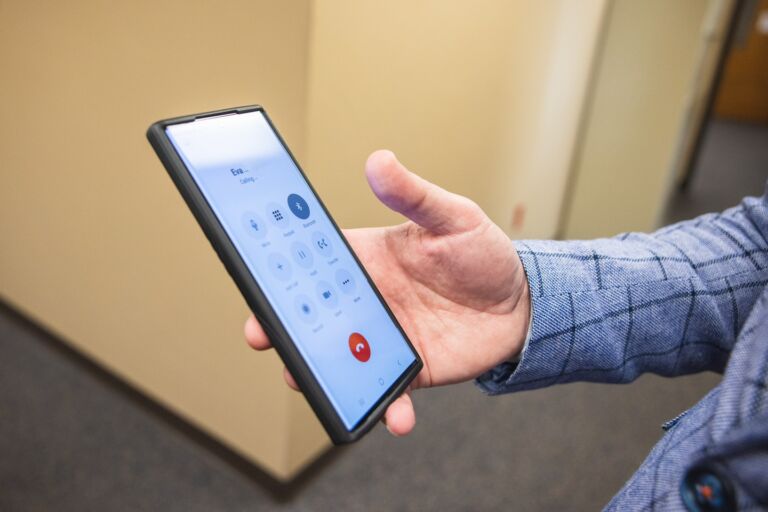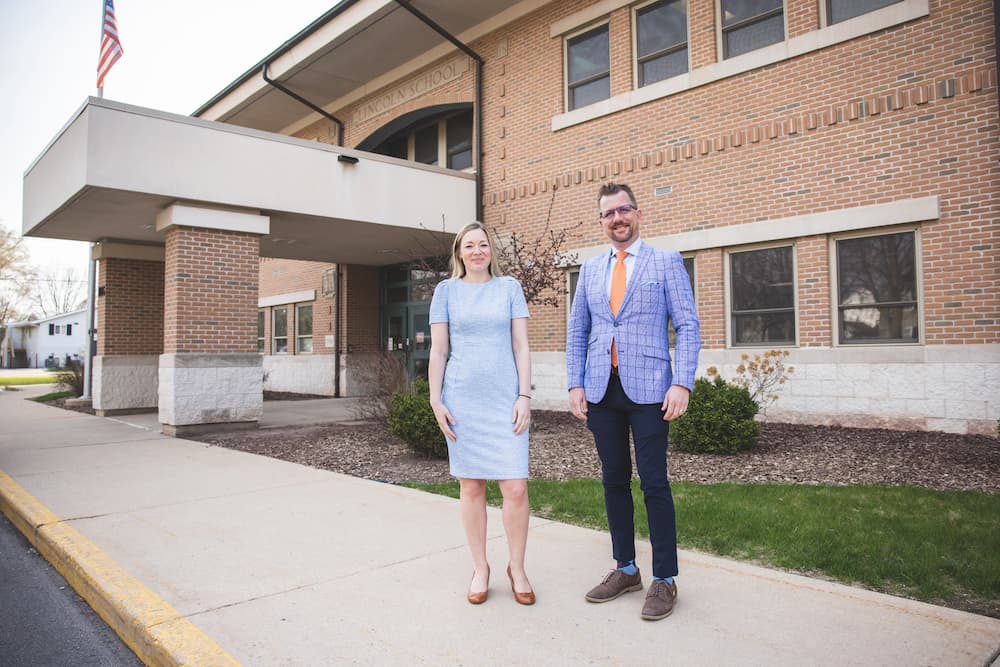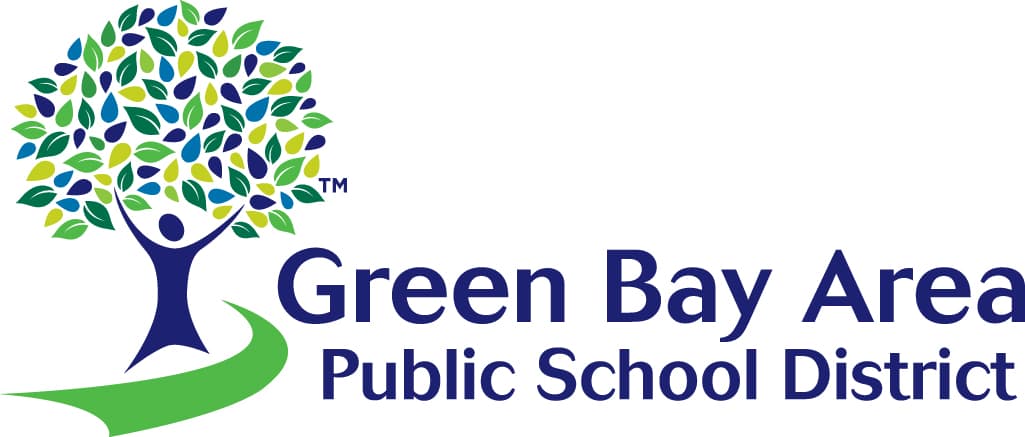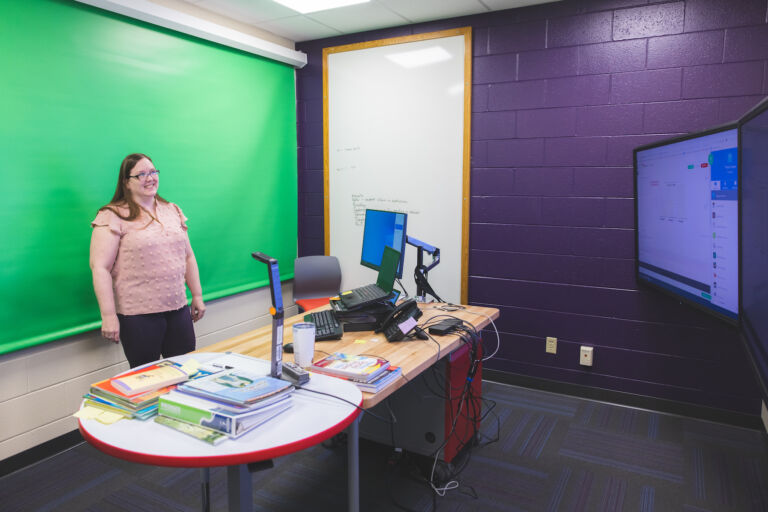“We hope every day that no one notices us.”
That’s Joshua Patchak’s goal as chief operations officer of Green Bay Area Public School District (GBAPS) in Northeast Wisconsin. Ultimately, he wants to make sure that the systems he’s responsible for — technology, facilities, transportation, food services, and procurement for 42 schools, 3,000 staff members, and nearly 20,000 students — are running so smoothly that people don’t know they’re there.
These days, Josh and his colleague Amy Jaeckel, executive director of technology and information, have a lot more flexibility in how they manage those systems and networks. But that wasn’t always the case.
Before Josh and Amy found themselves in the middle of a massive operational reset in 2020, their day-to-day activities involved working on site, attending in-person meetings, and managing legacy systems that were physically dependent on their locations.
“We had challenges, but we didn’t see them as challenges until we found a more efficient way of doing things,” Amy said. “I recall we’d have admin meetings and on those days you’d have to get to work early because parking filled up. Commuting, parking, getting to a physical building was our norm — but now would be seen as a challenge.”
“It wasn’t until we went into a forced virtual environment that we realized how lacking our systems of communication were,” Josh said.
Bridging the gap in phone communications
GBAPS’s Zoom story began like many others. Schools shut down during the COVID-19 pandemic and Josh, then in Amy’s role, sought a virtual solution to keep students connected to their education. After a few months of using Google Meet, they switched to Zoom.
With schools and offices closed districtwide, employees needed a way to use their work phones even when they weren’t at work. GBAPS was forced to reevaluate its communication infrastructure.
“Our previous phone systems were on premises — you had a phone on your desk and that was it. When things shut down overnight that meant 3,000 people couldn’t communicate by phone in the way they had for decades,” Josh said. “That’s why we started to look at Zoom Phone. It became obvious we needed something cloud-based for an increasingly mobile and geographically disparate workforce.”
Since GBAPS had been using Zoom for virtual instruction and staff communications, Josh and his team saw the benefits of implementing a cloud-based phone system that integrated with what they already had.
“It’s the difference between having a phone system built with the end in mind versus legacy systems that have been Frankensteined — there’s a lot of technical debt in legacy systems,” Josh said. “Zoom Phone was built from scratch with the cloud in mind.”
The district also wanted the new phone system to have SMS capabilities. “We’ve experimented with different ways of communicating with students and parents. Email has a low open rate. Text message is by far the best way to make sure your message is read and responded to,” Josh said.
While GBAPS has physical phones for classrooms and administrative staff, many use Zoom Phone’s softphone feature to make calls from the Zoom app on their mobile device or computer.
“Before our physical phones arrived, the softphone allowed me to do work off premises that traditionally had to take place in the office,” Amy said.
And she’s not the only one. GBAPS’s administrative staff can use the softphone when they’re traveling between schools. “Communication doesn’t slow down or stop until staff get back to their physical phones,” Amy said. “I couldn’t imagine going back to my old phone and having to drive across the district to attend meetings.”

Additionally, Zoom Phone has features to help with school safety. Amy and her team set up Zoom Phone’s nomadic E911 capability to alert the building administrator and other key personnel when a campus phone dials 911. Zoom APIs open up additional capabilities to help Josh and Amy connect teams more quickly.




